Stay Full and Lose Weight A List of Keto Foods You Can Rely On(Free Diet Plan Inside)
Stay full and lose weight with our list of keto foods you can rely on. Get Indian-friendly options plus a free diet plan inside.
Ever wondered why some diets leave you hungry while others keep you satisfied? That’s the magic of the keto diet. Instead of chasing calories, you shift the way your body fuels itself and that’s where a well-crafted list of keto foods becomes your secret weapon.
Most people think dieting means giving up tasty meals, but the truth is different. When you pick the right keto foods — rich in healthy fats, proteins, and low-carb veggies — you feel full, control your cravings, and still lose weight. It’s not about eating less, it’s about eating smarter.
In this article, we’ll walk you through a list of keto foods you can rely on, along with a simple free diet plan inside. You’ll know exactly what to eat, what to avoid, and how to plan your meals in a way that works for your lifestyle.
By the end, you’ll have a clear guide to stay full, lose weight, and make keto easy to follow every day.
What Exactly Is the Keto Diet and How Does It Work?
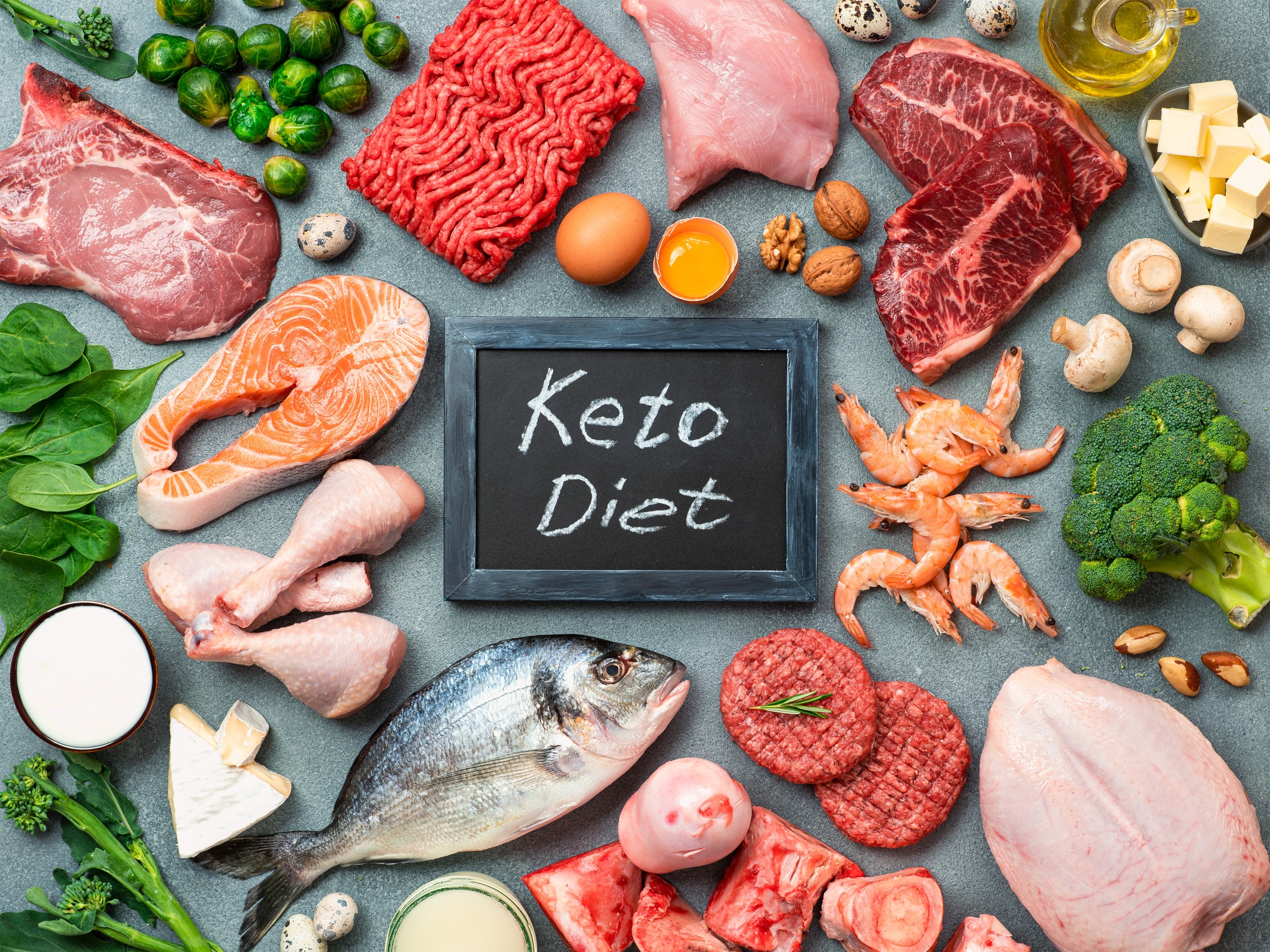
The keto diet, short for ketogenic diet, is a way of eating that focuses on very low carbohydrate intake, moderate protein, and high fat foods. The main goal is to help the body enter a state called ketosis, where your body burns fat for energy instead of glucose.
This approach is used in many keto diet plans, including the Indian keto diet plan and different diet plans for weight loss.
How the Keto Diet Works in the Body
When you cut down on carb intake, your body doesn’t get enough glucose from high carb foods like rice, bread, and starchy vegetables. To keep you going, the body burns fat and converts it into ketones, which fuel your cells and brain.
This switch is what makes a high fat diet so effective for fat loss and better blood sugar control.
Eating plenty of healthy fats such as coconut oil, olive oil, and full fat dairy keeps you full and helps you maintain ketosis. Pairing them with low carb vegetables like spinach, leafy greens, and bell peppers makes meals both filling and healthy.
Some popular low carb options people enjoy include:
-
Cauliflower rice and stir fry with non starchy vegetables
-
Avocado salad with olive oil dressing and chia seeds
-
Greek yogurt with flax seeds, almond butter, or pumpkin seeds
This kind of eating plan allows you to burn fat, reduce hunger, and support blood sugar control. For many, a keto lifestyle has health benefits like steady energy, lower blood pressure, and easier weight management.
One thing to note is that starting keto may cause keto flu — a short phase of fatigue and cravings as your body adapts to low carbohydrate intake. But with enough nutritious meals, hydration, and moderate protein intake, the body adjusts and begins to use stored fat more efficiently.
Keto Diet vs. Other Low-Carb Diets
Many people confuse the ketogenic diet with other low carb eating plans. While they share similarities, the goals, food choices, and results can be quite different.
| Feature | Keto Diet | Other Low-Carb Diets |
|---|---|---|
| Carbohydrate Intake | Very low (20–50g per day) | Low to moderate (50–150g per day) |
| Focus | High fat foods, moderate protein | Higher protein, moderate fat |
| Goal | Maintain ketosis so the body burns fat for fuel | Reduce carb intake for weight loss or blood sugar control |
| Allowed Foods | Healthy fats like coconut oil, olive oil, full fat dairy, avocado, non starchy vegetables | More flexible, allows fruit juices, sweet potatoes, and some starchy vegetables |
| Restricted Foods | Sugary foods, processed foods, high carb foods like bread and rice | Mainly refined carbs and sugary foods |
| Tools | Keto diet chart or Indian keto diet chart for strict tracking | General eating plan, fewer restrictions |
The keto diet is stricter but can give faster fat loss and better blood sugar control when followed correctly, while other low carb diets may be easier to sustain long term.
Who Should Consider Following a Keto Diet?

The keto diet is popular among people who want to lose weight or need a strict plan for weight loss. It can also help those looking for better blood sugar control and stable energy levels.
It works well for:
-
People with type 2 diabetes or prediabetes (supports blood sugar control)
-
Individuals aiming for fat loss and improved fat burning
-
Those struggling with hunger on traditional diets (thanks to high fat foods that increase satiety)
-
People who want structured diet plans or Indian cooking adjustments through an Indian keto diet
At the same time, a vegetarian keto diet is possible with foods like paneer, almond flour chapati, avocado salad, and green tea alongside protein rich foods.
However, not everyone should jump in. Those with kidney issues, pregnant women, or anyone with existing medical conditions should seek professional advice before starting. The right keto diet plan can provide many health benefits, but it’s always best to follow it as a structured eating plan with guidance.
Foods You Can Eat on a Keto Diet (And Still Enjoy Your Meals)
When you follow a keto diet or ketogenic diet, the right foods matter most. This list of keto foods gives you clear low carb options that help you burn fat, stay full, and support weight loss without giving up taste.
1. Low-Carb Vegetables: Spinach, Broccoli, Cauliflower, and Zucchini
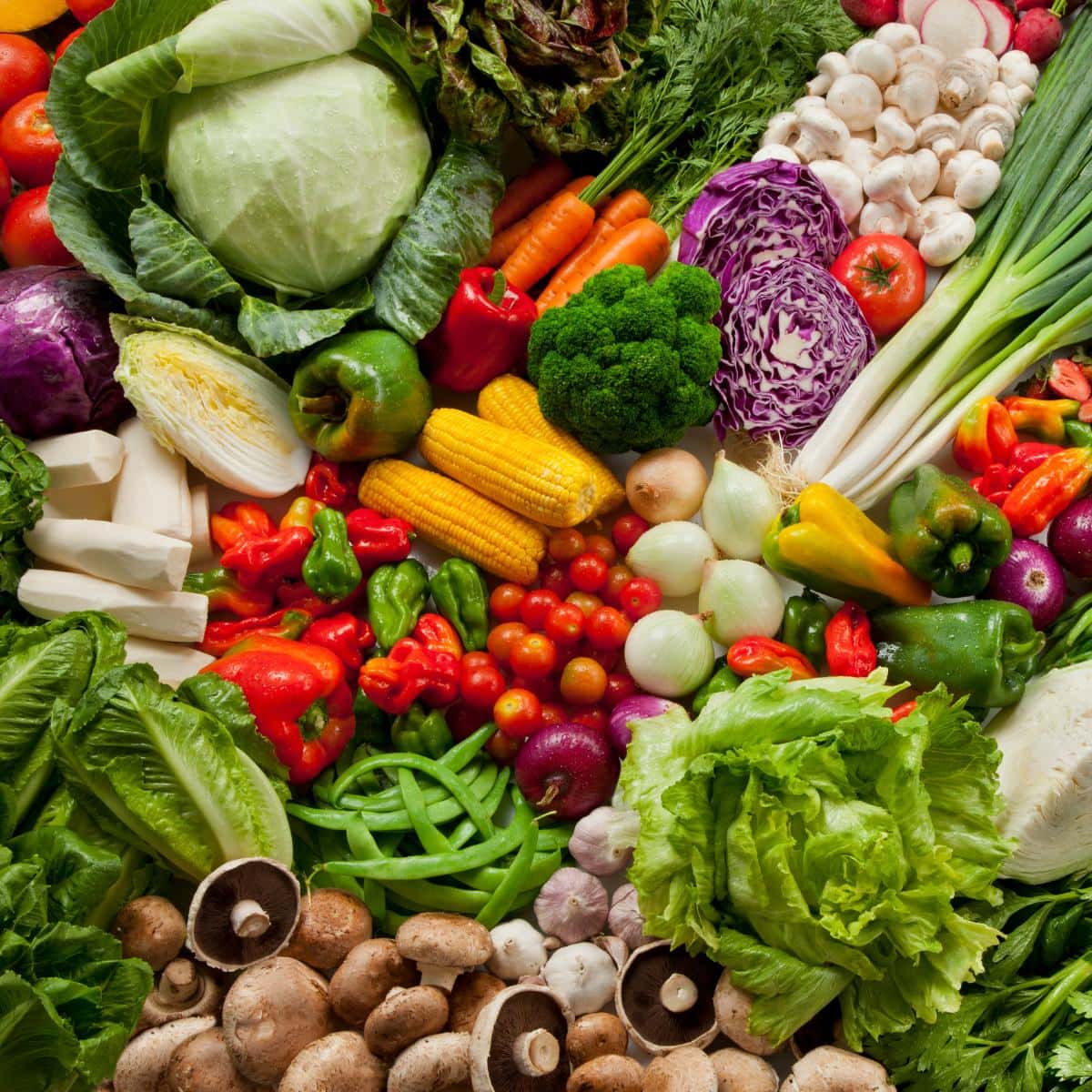
Vegetables are an important part of every diet plan, even a high fat diet like keto. The key is to choose low carb vegetables and avoid high carb foods such as potatoes, corn, and other starchy vegetables.
Good low carb options include:
-
Leafy greens like spinach, kale, and methi
-
Cauliflower rice or zucchini noodles as rice or pasta swaps
-
Bell peppers, lauki, and other non starchy vegetables for Indian cooking
These vegetables give you fiber and nutrients without raising carb intake too much. They also make it easier to create nutritious meals while keeping your body in ketosis.
By adding these vegetables to your eating plan, you improve digestion, support blood sugar control, and make your diet plan for weight easier to follow.
2. Protein-Rich Foods: Eggs, Chicken, Fish, and Paneer

Protein is part of every keto diet plan, but the focus is on moderate protein intake, not too much. When carb intake is low, protein rich foods help repair muscles, keep you full, and give you steady energy.
Good protein sources include:
-
Eggs and chicken for everyday meals
-
Paneer and Greek yogurt for a vegetarian keto diet
-
Fish like salmon or mackerel for healthy fats and protein
Too much protein can interfere with ketosis, so aim for moderate protein in every meal. This balance helps the body burn fat and use stored fat for fuel while avoiding blood sugar spikes.
Adding protein rich foods also makes the plan for weight loss more sustainable and keeps hunger under control.
3. Dairy and Cheese: Paneer, Ghee, Butter, and Cream
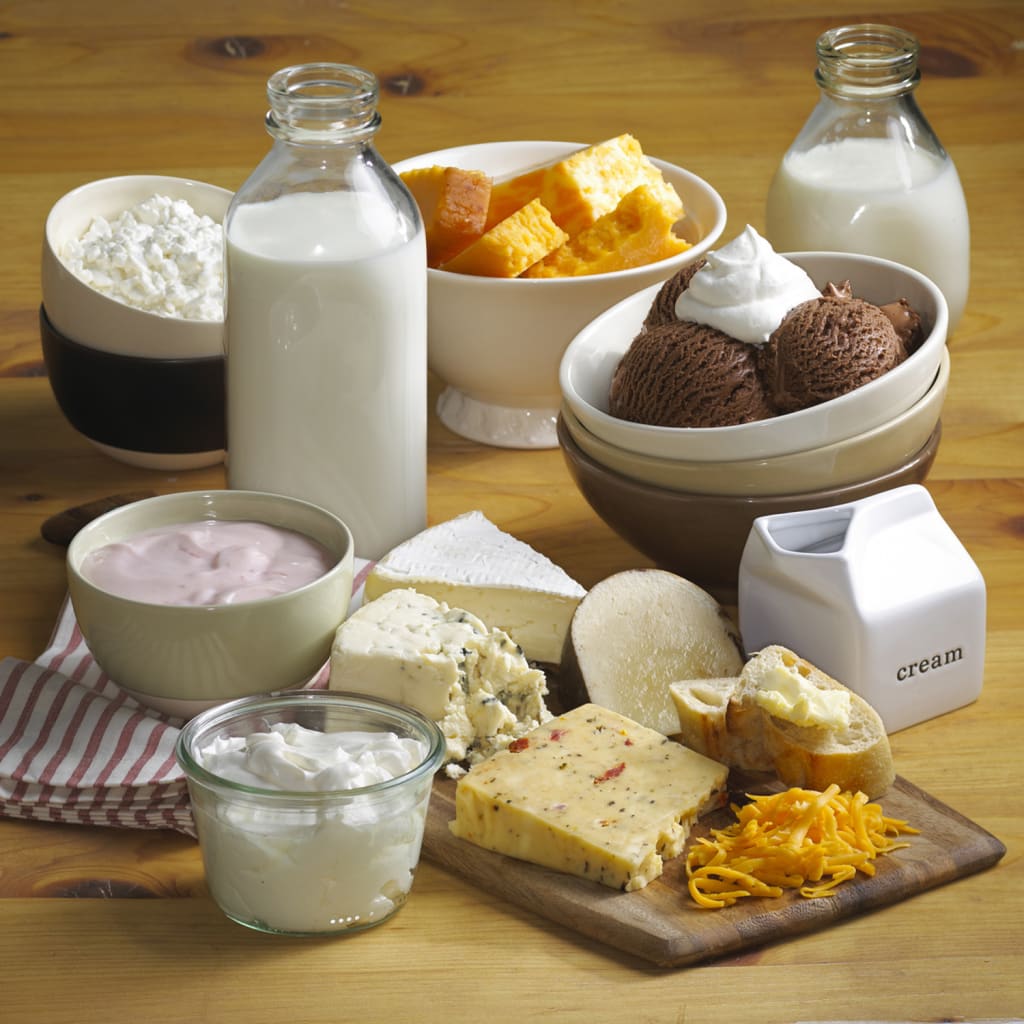
Full fat dairy is a common part of the Indian keto diet. Options like paneer, ghee, and cream are high fat foods that help maintain ketosis and give flavor to your meals.
Examples you can use:
-
Paneer curries cooked in ghee or coconut oil
-
Full fat dairy like cream in coffee or tea
-
Greek yogurt with flax seeds, chia seeds, or almond butter
These foods also make it easier to follow an Indian keto diet plan because they fit well with traditional Indian cooking. But avoid sugary foods like flavored yogurt or processed foods with unhealthy fats.
When used right, dairy supports fat burning and adds variety to your keto lifestyle without going over on carbohydrate intake.
4. Healthy Fats: Avocado, Coconut Oil, Olive Oil, and Nuts
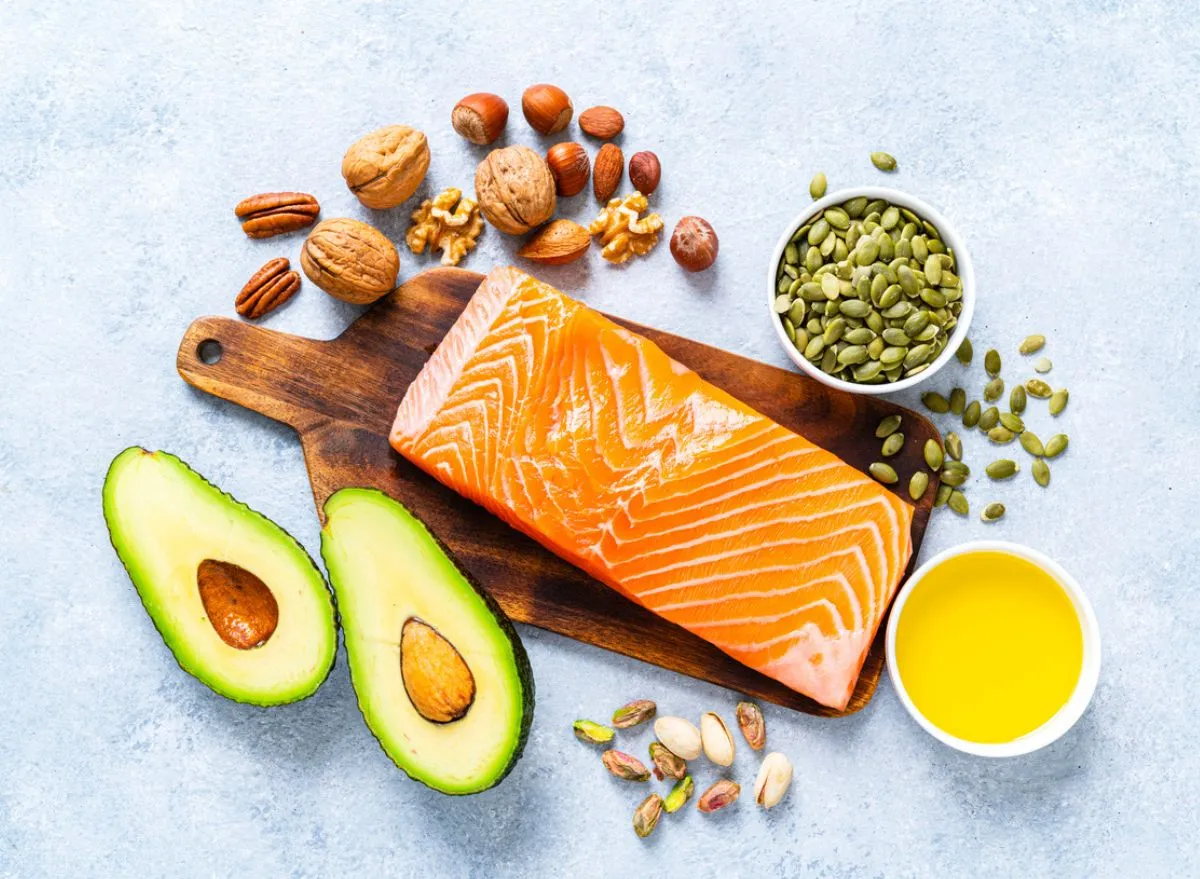
Healthy fats are the main fuel in a ketogenic diet. Eating high fat foods like avocado oil nuts, olive oil dressing, and coconut milk helps the body burns fat instead of carbs.
Some best healthy fats include:
-
Coconut oil, olive oil, and avocado oil
-
Almond butter, pumpkin seeds, and walnuts
-
Full fat dairy like cheese and butter
These fats keep you full, help maintain ketosis, and provide many health benefits like better blood sugar control and improved blood pressure. They also allow you to enjoy tasty meals like avocado salad, nut-based stir fry, or paneer with olive oil dressing.
Healthy fats are the heart of every keto diet chart and plan for weight loss because they keep you energized and satisfied while following very low carbohydrates.
5. Keto-Friendly Snacks: Seeds, Berries, and Dark Chocolate
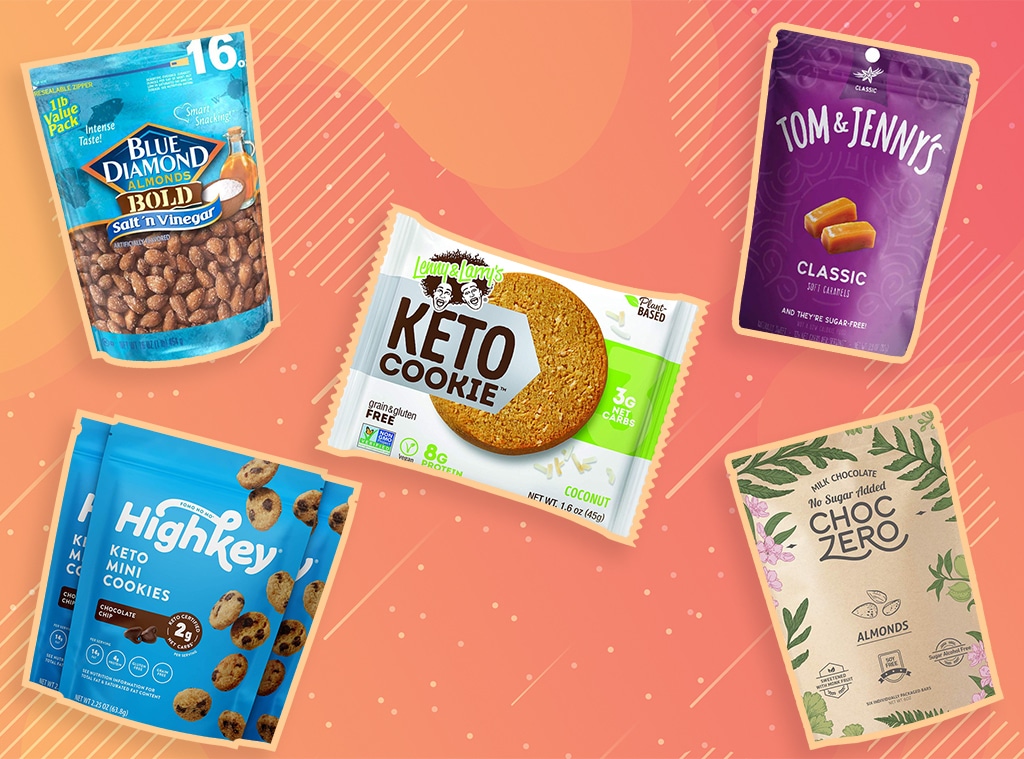
Snacks can be tricky on any diet plan, but there are keto friendly options that make it easy. The goal is to avoid sugary foods, fruit juice, and sweet potatoes, and instead choose low carb snacks.
Some keto friendly snacks are:
-
Chia seeds pudding with unsweetened almond milk
-
A handful of pumpkin seeds, flax seeds, or almonds
-
Dark chocolate with low carbohydrates (70% cocoa or more)
-
Green tea with a few nuts or a small avocado salad
These snacks keep carb intake under control and support fat loss without breaking ketosis. They are also perfect for a vegetarian keto diet or an Indian keto diet chart, where small bites between meals are common.
By choosing the right keto friendly snacks, you avoid unhealthy fats and processed foods while sticking to your eating plan. This makes your weight loss journey smoother and helps you lose weight without feeling deprived.
7-Day Indian Keto Diet Chart for Weight Loss and Blood Sugar Control
Following a structured meal plan makes the keto diet easier to stick with. This 7-day Indian keto diet chart is designed for weight loss and better blood sugar control.
Day 1
Veg
-
Breakfast: Paneer bhurji with spinach
-
Lunch: Cauliflower rice pulao with ghee and non starchy vegetables
-
Dinner: Palak paneer with salad
Non-Veg
-
Breakfast: Scrambled eggs with avocado
-
Lunch: Grilled chicken with sautéed leafy greens
-
Dinner: Fish curry cooked in coconut oil
Vegan
-
Breakfast: Tofu stir fry with bell peppers
-
Lunch: Zucchini noodles in coconut milk curry
-
Dinner: Mushroom stir fry with olive oil dressing
Day 2
Veg
-
Breakfast: Greek yogurt with flax seeds and chia seeds
-
Lunch: Baingan bharta with almond flour roti
-
Dinner: Paneer tikka with stir fry vegetables
Non-Veg
-
Breakfast: Cheese omelette with bell peppers
-
Lunch: Butter chicken with sautéed spinach
-
Dinner: Grilled prawns with olive oil dressing
Vegan
-
Breakfast: Coconut milk chia pudding with nuts
-
Lunch: Avocado salad with pumpkin seeds
-
Dinner: Cauliflower rice with tofu curry
Day 3
Veg
-
Breakfast: Paneer cubes sautéed in coconut oil
-
Lunch: Lauki curry with leafy greens
-
Dinner: Paneer butter masala with stir fried bell peppers
Non-Veg
-
Breakfast: Boiled eggs with spinach stir fry
-
Lunch: Mutton curry with cauliflower rice
-
Dinner: Grilled fish with sautéed vegetables
Vegan
-
Breakfast: Almond milk smoothie with flax seeds
-
Lunch: Zucchini stir fry with olive oil
-
Dinner: Tofu curry cooked in coconut milk
Day 4
Veg
-
Breakfast: Paneer cutlets made with almond flour
-
Lunch: Cabbage stir fry with ghee
-
Dinner: Palak paneer with salad
Non-Veg
-
Breakfast: Egg muffins with cheese and spinach
-
Lunch: Chicken curry with non starchy vegetables
-
Dinner: Grilled lamb chops with green beans
Vegan
-
Breakfast: Avocado smoothie with coconut milk
-
Lunch: Cauliflower rice pulao with tofu
-
Dinner: Mushroom curry with coconut cream
Day 5
Veg
-
Breakfast: Paneer paratha with almond flour base
-
Lunch: Bhindi fry with paneer and leafy greens
-
Dinner: Paneer curry with cauliflower rice
Non-Veg
-
Breakfast: Scrambled eggs with spinach and butter
-
Lunch: Fish curry with coconut oil
-
Dinner: Chicken tikka with olive oil salad
Vegan
-
Breakfast: Chia seed pudding with coconut milk
-
Lunch: Tofu stir fry with bell peppers
-
Dinner: Zucchini curry with spinach
Day 6
Veg
-
Breakfast: Paneer and spinach cutlet
-
Lunch: Lauki sabzi with paneer
-
Dinner: Paneer tikka with salad
Non-Veg
-
Breakfast: Egg curry with ghee
-
Lunch: Grilled fish with olive oil and stir fry veggies
-
Dinner: Mutton curry with leafy greens
Vegan
-
Breakfast: Almond milk smoothie with avocado and flax seeds(can also have fruit juices)
-
Lunch: Cauliflower rice stir fry with tofu
-
Dinner: Mushroom curry with coconut cream
Day 7
Veg
-
Breakfast: Paneer cubes with sautéed bell peppers
-
Lunch: Baingan curry with almond flour roti
-
Dinner: Palak paneer with salad
Non-Veg
-
Breakfast: Cheese omelette with spinach
-
Lunch: Butter chicken with cauliflower rice
-
Dinner: Fish fry with avocado salad
Vegan
-
Breakfast: Chia pudding with almond butter
-
Lunch: Zucchini curry with coconut milk
-
Dinner: Tofu stir fry with olive oil dressing
Ready to make keto simple and delicious? Explore Balance Bite’s customized Indian keto diet plans made for real lifestyles.
Why the Indian Keto Diet Plan Fits Your Lifestyle and Health Goals
The Indian keto diet plan combines low carbohydrate intake with familiar foods, making it easier to follow while still supporting weight loss, blood sugar control, and overall health benefits.
1. Reduces Carbohydrate Intake While Still Fitting Indian Eating Habits
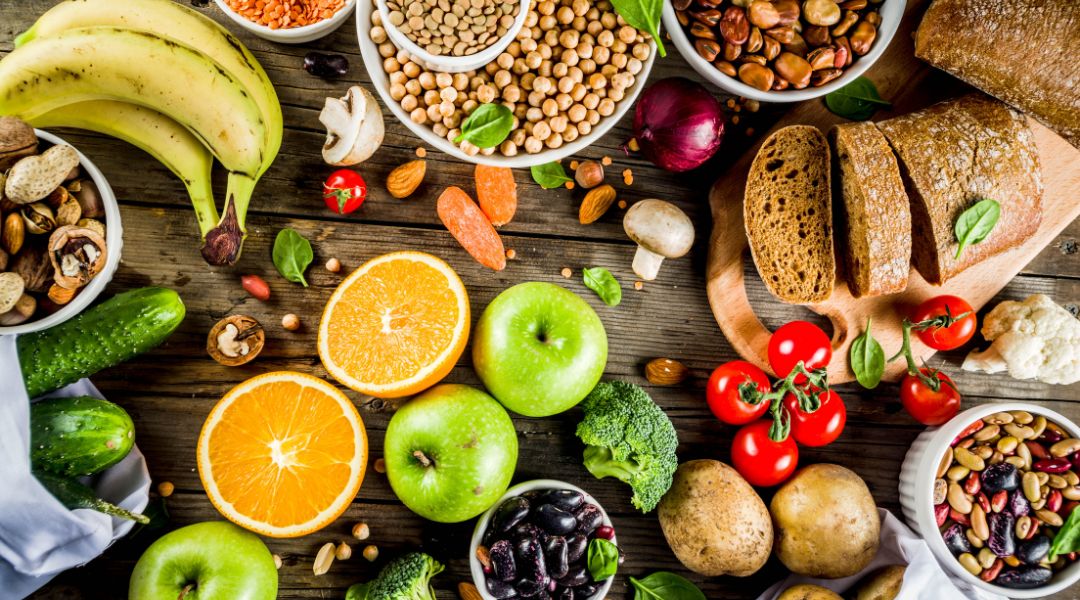
One of the hardest parts of dieting is cutting down on carbs in Indian cooking, since rice, chapati, and starchy vegetables are part of daily meals. The keto diet chart helps lower carbohydrate intake while still letting you enjoy foods you know.
Examples of swaps include:
-
Cauliflower rice instead of white rice
-
Almond flour roti instead of wheat roti
-
Stir fry with non starchy vegetables instead of high carb foods
This way, you can keep enjoying traditional flavors while staying on a low carb eating plan that supports fat loss.
2. Promotes Fat Loss Through Ketosis
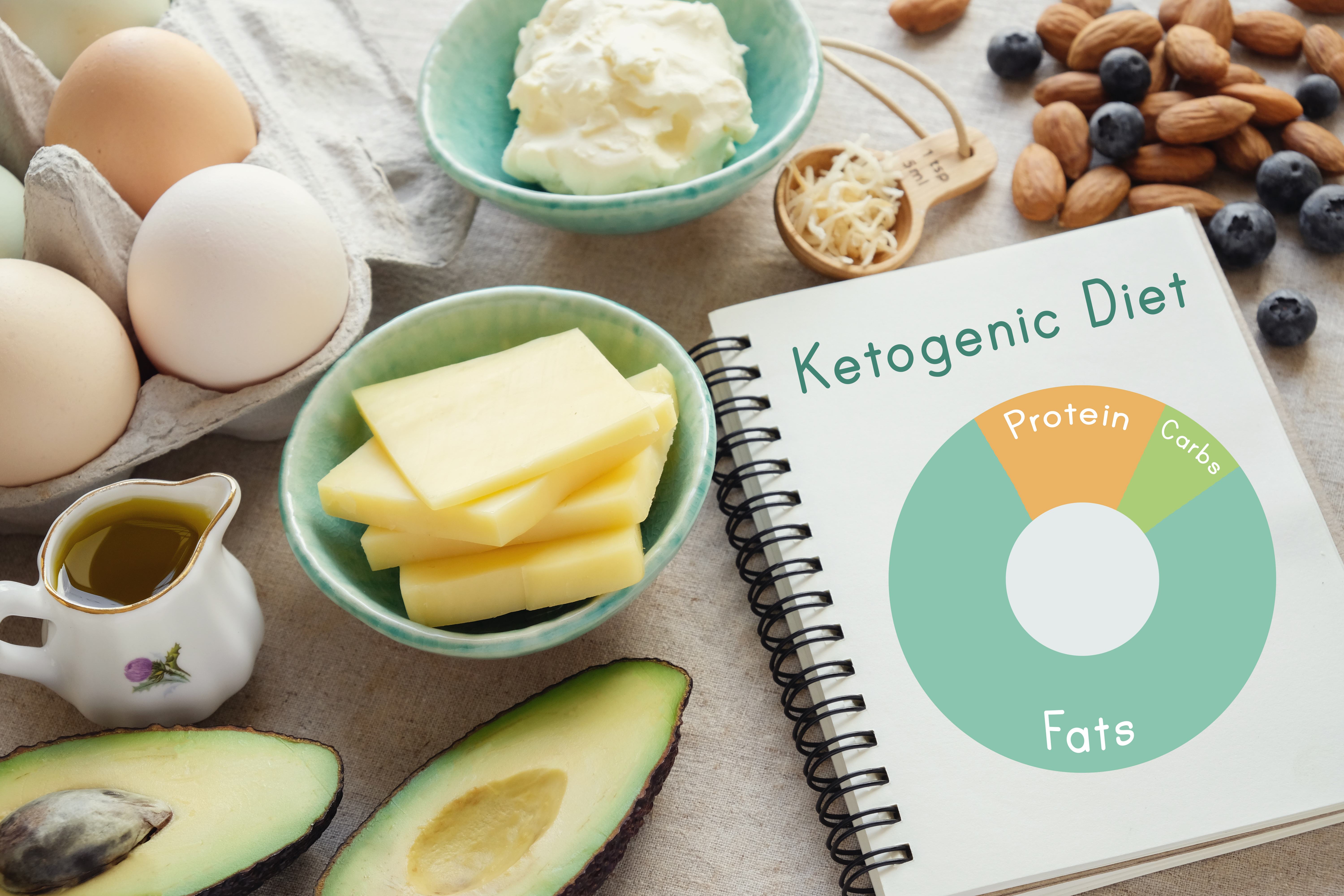
When carb intake is kept very low, the body burns fat instead of glucose for energy. This is called ketosis, and it is the main goal of the ketogenic diet.
Eating high fat foods like paneer, ghee, and coconut oil along with moderate protein intake helps maintain ketosis. As a result, the body uses stored fat more effectively and supports a plan for weight loss.
This process also reduces hunger and cravings, which makes the diet plan easier to follow long term. Many people find this helps them lose weight without feeling deprived.
3. Supports Blood Sugar Control for Diabetics and Pre-Diabetics

The Indian keto diet is also helpful for better blood sugar control. By avoiding sugary foods, fruit juices, and processed foods, you lower insulin spikes and support steady energy levels.
Low carb vegetables, full fat dairy, and protein rich foods help maintain ketosis while keeping blood sugar stable. This makes it useful for people with type 2 diabetes, pre-diabetes, or those who want to reduce risk of high blood pressure.
For many, the keto diet resulted in better blood sugar control, less fatigue, and improved focus.
4. Uses Healthy Fats Like Ghee, Coconut Oil, and Nuts for Energy

Unlike traditional low fat diets, the ketogenic diet depends on healthy fats for energy. Options like olive oil, avocado oil nuts, coconut milk, and butter provide fuel while keeping you full.
Some healthy fat options:
-
Avocado salad with olive oil dressing
-
Paneer cooked in ghee or coconut oil
-
Almond butter or pumpkin seeds as snacks
These fats not only keep you satisfied but also support fat burning and improve health benefits such as better cholesterol balance.
5. Includes Familiar Indian Foods, Making the Diet Easy to Follow

The Indian keto diet plan is flexible because it includes foods already common in Indian cooking. This makes it much easier to stick to compared to foreign diets that may not suit local habits.
Popular Indian keto diet chart items include:
-
Paneer curries with spinach or lauki
-
Palak paneer made with ghee
-
Egg curry or fish curry with cauliflower rice
Having familiar foods as part of your eating plan reduces the risk of quitting, and it helps people see keto as a sustainable keto lifestyle.
6. Delivers Health Benefits Beyond Weight Loss (Energy, Focus, Satiety)
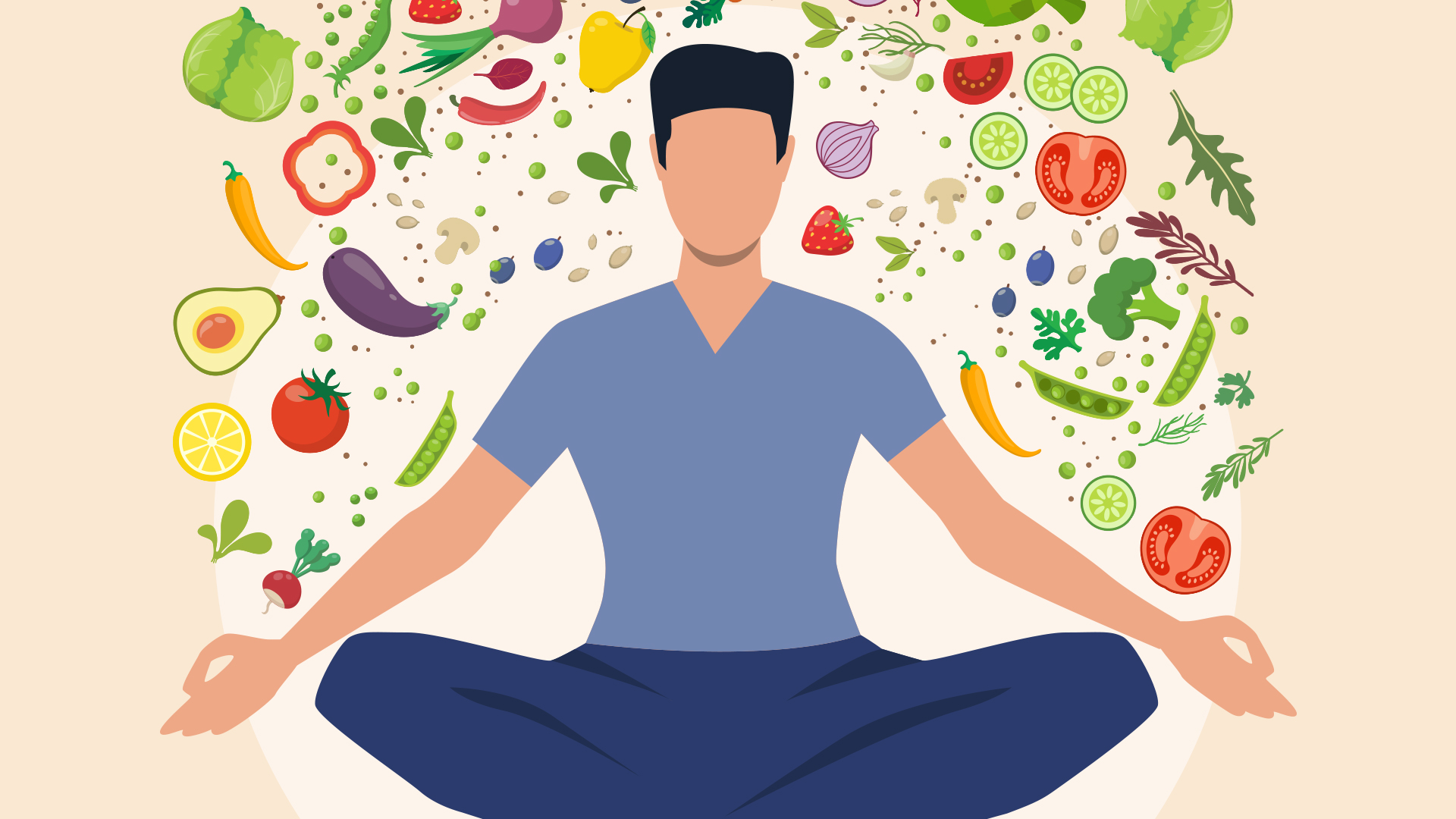
Most people start keto for weight loss, but the health benefits go beyond fat loss. By reducing high carb foods and using nutritious meals with healthy fats, you improve energy, focus, and satiety.
Keto friendly foods like chia seeds, flax seeds, leafy greens, and green tea support long-term health. At the same time, avoiding unhealthy fats and processed foods keeps your body healthier.
Many people report improved mood, better blood sugar control, and steady energy after following a keto diet plan. This shows that the diet plan for weight is not just about fat burning but about overall well-being.
Step-by-Step Guide to Implementing Your Keto Diet Plan
Starting a keto diet plan can feel overwhelming, but breaking it into simple steps makes it easier. Here’s a clear guide that takes you from the basics of calculating macros to building meals, tracking progress, and staying healthy long term.
1. Calculate Your Daily Carb, Protein, and Fat Needs
Every keto diet begins with knowing your macros. Since the ketogenic diet is based on very low carbohydrates, you must calculate how much carb intake, protein, and fat your body needs.
-
Carbohydrates: usually 20–50 grams per day
-
Protein: moderate protein intake to maintain muscle but avoid excess
-
Fats: the largest portion of your calories should come from healthy fats
Too many carbs or too much protein can push you out of ketosis. On the other hand, focusing only on fats without balance may lead to excess saturated fats, which should be kept in check for heart health.
2. Choose the Right Foods to Build Your Keto Plate
Once your macros are set, the next step is choosing foods that fit your keto lifestyle. The list of keto foods is wide, but you must focus on low carb options, moderate protein, and high fat foods.
Examples include:
-
Low carb vegetables like spinach, broccoli, and cauliflower rice
-
Protein rich foods such as eggs, paneer, fish, or tofu
-
Healthy fats from olive oil, coconut oil, nuts, and avocado
At the same time, avoid high carb foods like bread, rice, sweet potatoes, and sugary foods. Using a keto diet chart or Indian keto diet chart makes it easier to build meals without confusion.
3. Plan a Weekly Diet Chart for Easy Meal Prep
Meal planning helps you stay consistent with your eating plan. Preparing a weekly diet plan for weight reduces stress and ensures you always have keto friendly meals ready.
-
Prepare cauliflower rice or zucchini noodles in advance
-
Use almond flour or coconut flour for low carb rotis
-
Cook stir fry with non starchy vegetables for quick dinners
This not only saves time but also keeps you from reaching for processed foods or unhealthy snacks. A structured weekly plan also makes weight loss and fat loss more sustainable.
4. Focus on Healthy Fats to Stay Energized
Healthy fats are the main source of fuel in a high fat diet like keto. They help the body burn fat instead of glucose, reduce cravings, and keep you full.
Some good sources include:
-
Olive oil dressing on salads
-
Paneer, butter, and ghee
-
Coconut milk, avocado, and almond butter
It’s important to use more healthy fats like olive oil and avocado oil nuts while limiting saturated fats from processed foods or fried snacks. This keeps your meals nutritious and supports long-term health benefits.
5. Track Your Progress for Weight and Fat Loss
Tracking progress helps you know if your keto diet plan is working. It keeps you motivated and ensures you’re on the right path.
Ways to track:
-
Use a food tracking app to monitor carb intake
-
Weigh yourself weekly and check body fat changes
-
Note energy levels, mood, and hunger
This gives you a full picture of fat loss, not just weight on the scale. Many find that even before major weight loss, they feel more energetic with fewer cravings.
6. Adjust the Diet Plan for Weight Management Goals
As you continue, your needs may change. If your weight loss slows down, you might need to adjust macros or change food choices in your diet plan for weight.
For fat loss, ensure you keep carbohydrate intake very low and use more non starchy vegetables and protein rich foods. If you only want weight maintenance, you can slowly add more low carb options like extra vegetables or nuts.
The key is flexibility. A keto lifestyle should fit into your daily routine while keeping blood sugar control and overall health in mind.
7. Monitor Blood Sugar Control and Energy Levels
The ketogenic diet is not only for fat loss, but also for better blood sugar control. People with type 2 diabetes or high blood pressure often see big improvements.
Keep an eye on:
-
Fasting blood sugar levels
-
Energy levels through the day
-
Signs of keto flu when starting out
If blood sugar control improves and energy stays steady, it shows the diet plan is working. Combining low carb vegetables, full fat dairy, and healthy fats helps maintain ketosis without big glucose spikes.
8. Consult a Professional for Long-Term Health Benefits
While keto has many health benefits, it’s not one-size-fits-all. Everyone’s body reacts differently to a high fat diet, especially those with medical conditions.
A nutritionist or doctor can:
-
Help you create a personalized Indian keto diet plan
-
Guide you on using a keto diet chart with Indian cooking
-
Ensure you balance healthy fats with limited saturated fats
Consulting a professional makes your eating plan safe and ensures you get the full benefits of the ketogenic diet while avoiding risks.
Top Health Benefits You Can Expect from the Keto Diet

The keto diet offers more than just weight loss. By consuming low carbs and using fat for fuel, it can improve health in several ways that go beyond the scale.
1. Promotes Fat Loss
When you cut down on carbohydrates, your body burns fat instead of glucose for energy. This makes fat loss faster and more steady compared to many other diets.
Some reasons keto supports fat loss:
-
Low carb intake reduces insulin spikes, helping stored fat break down
-
High fat foods and protein rich foods keep you full for longer
-
The body enters ketosis, where it naturally burns fat for fuel
This process not only helps you lose weight but also makes weight loss more sustainable over time.
2. Supports Blood Sugar Control
The ketogenic diet is known for helping people with type 2 diabetes or pre-diabetes. By avoiding sugary foods and high carb foods, blood sugar levels stay more stable.
How keto helps blood sugar control:
-
Reduces carbohydrate intake, lowering blood glucose
-
Improves insulin sensitivity in many people
-
Uses low carb vegetables, nuts, and full fat dairy instead of processed foods
Better blood sugar control also reduces the risk of long-term health issues like high blood pressure and fatigue.
3. Improves Mental Clarity and Focus
Many people report better focus and mental clarity once their body adapts to keto. This is because the brain uses ketones from fat as a steady energy source instead of glucose.
Benefits often include:
-
Fewer energy crashes through the day
-
Better memory and sharper focus at work
-
More consistent mood levels
With steady energy and less brain fog, the keto diet can make daily tasks easier to handle.
4. Reduces Appetite and Cravings
One of the main reasons people quit diets is constant hunger. The high fat and moderate protein intake on keto helps reduce appetite naturally.
Why cravings go down:
-
Healthy fats like olive oil, ghee, and nuts increase satiety
-
Low carb vegetables and protein rich foods keep meals filling
-
Avoiding sugary foods helps cut the cycle of cravings
This makes it easier to follow a keto lifestyle without feeling deprived.
5. May Improve Heart Health
While keto is a high fat diet, it can still support heart health when built with healthy fats instead of unhealthy fats.
Heart-friendly keto choices include:
-
Olive oil, avocado, and coconut oil
-
Almonds, flax seeds, and pumpkin seeds
-
Leafy greens and non starchy vegetables
By avoiding processed foods and limiting saturated fats, keto may help improve cholesterol balance and support long-term heart health benefits.
Side Effects and Safety Concerns of the Keto Diet

While the keto diet has health benefits, it also comes with side effects. Knowing them early helps you prepare and follow the diet more safely.
1. Keto Flu in the Early Stages
When you first lower carb intake, the body takes time to adjust. This can cause what’s called the keto flu, which usually lasts a few days.
Common symptoms include:
-
Headache and fatigue
-
Nausea and dizziness
-
Irritability and poor focus
Staying hydrated, eating enough electrolytes, and resting well can reduce these effects until the body adapts.
2. Nutrient Deficiencies
The ketogenic diet restricts many high carb foods, including fruits, grains, and some starchy vegetables. This may lead to missing vitamins and minerals.
Possible deficiencies include:
-
Vitamin C from low carb fruits
-
Magnesium and potassium from whole grains and pulses
-
Fiber from limited or low carb intake
To avoid this, add more leafy greens, nuts, seeds, and low carb vegetables to your eating plan. Supplements may also be helpful if suggested by a doctor.
3. Digestive Issues
Some people face digestive problems when switching to a high fat diet. The sudden increase in healthy fats like coconut oil, butter, and nuts can be heavy on the stomach.
Issues may include:
-
Constipation from low fiber
-
Bloating from full fat dairy
-
Loose stools from too much oil
Balancing meals with non starchy vegetables and drinking enough water can ease these problems.
4. Cholesterol Concerns
A diet high in fats may increase cholesterol levels in some people. This depends on whether the fats are healthy fats or unhealthy fats.
Safer choices:
-
Olive oil, avocado, nuts, and seeds
-
Limit processed foods and fried snacks
-
Keep saturated fats under control
Regular blood tests are recommended to make sure the keto lifestyle is not raising heart risks.
5. Not Sustainable for Everyone
The keto diet is strict and may not suit all lifestyles. It limits many foods that people enjoy, which can make it hard to continue long term.
Groups who may struggle include:
-
Vegetarians or vegans with fewer food options
-
People with kidney or liver issues
-
Those who travel often or eat out a lot
For many, the diet plan works best for short-term fat loss or blood sugar control, but not always for lifelong eating habits.
From Cravings to Control: How Balance Bite Helped Sneha Transform with the Keto Diet
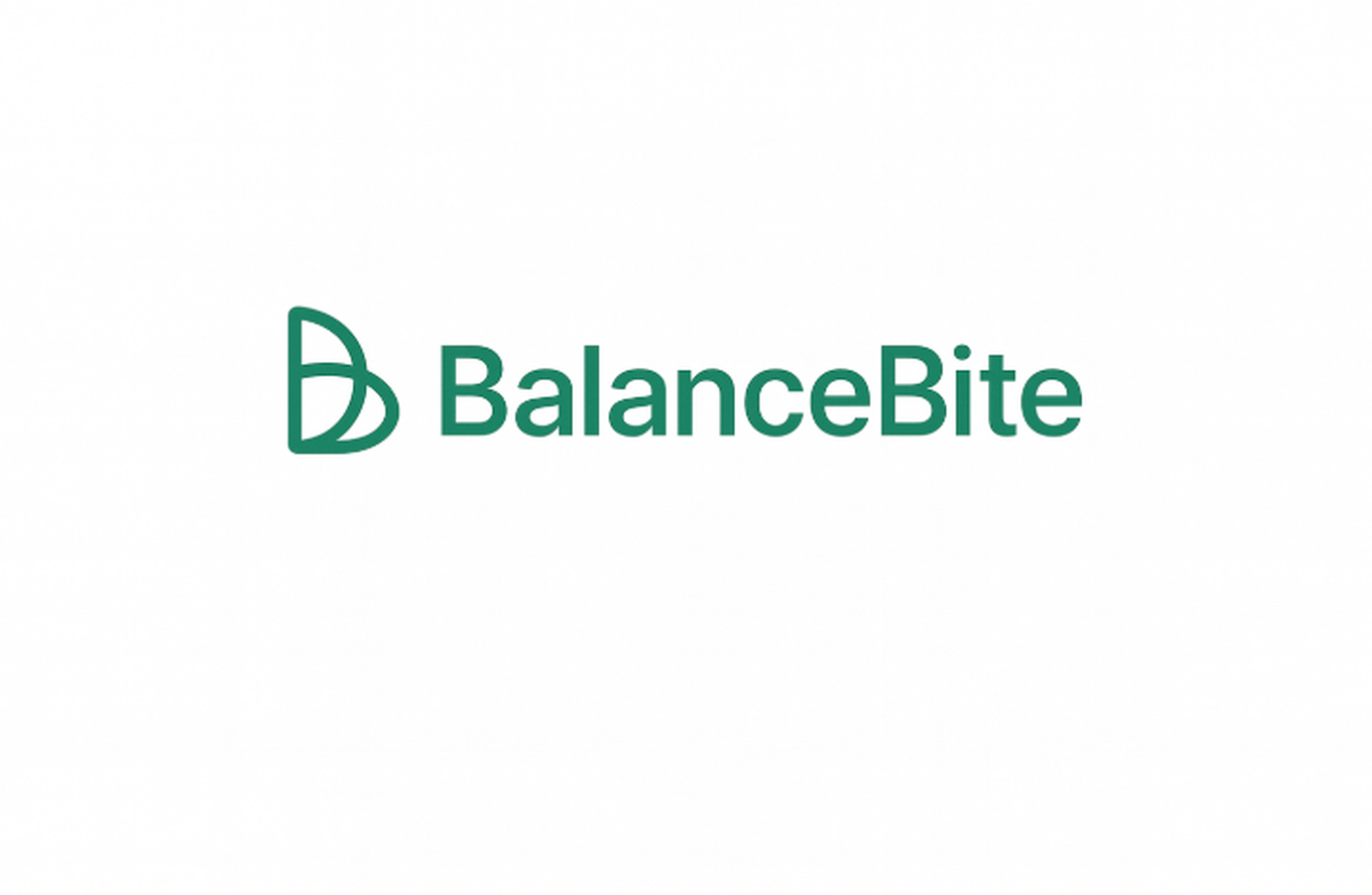
Challenge
Sneha faced:
-
Constant carb cravings leading to 300+ extra calories daily
-
Energy crashes that cut her productivity by 25%
-
Rising blood sugar levels (fasting glucose at 115 mg/dL)
-
Failed attempts with at least 3 different diet plans
Strategy & Execution
Strategy: Balance Bite built a personalized Indian keto diet plan tailored to Sneha’s goals. The focus was to keep her meals strictly low carb, cutting carb intake below 40g/day, adding healthy fats, and ensuring satiety.
By avoiding high carb foods and replacing fruit juices with nutrient-rich options, Sneha could stay consistent without feeling deprived.
Execution:
-
Weekly keto diet chart designed with familiar Indian foods
-
Replaced starchy vegetables and sugary foods with cauliflower rice, paneer, coconut oil meals, and keto friendly snacks
-
Added progress tracking to monitor weight loss and blood sugar levels
-
Adjusted macros every 2 weeks to match results and prevent plateaus
Closing Insight
In just 8 weeks, Sneha lost 7 kg, reduced fasting glucose to 95 mg/dL, and doubled her daily energy levels. Her journey proves how Balance Bite makes the keto lifestyle practical, measurable, and truly result-driven.
Like Sneha, you too can turn cravings into control. Balance Bite is here to guide your journey, one plate at a time
Smart Ways to Track Your Keto Progress and Stay Healthy

Tracking progress is just as important as following the diet. Simple tools and habits can help you measure results, avoid mistakes, and stay healthy while on a keto lifestyle.
1. Use a Food Tracking App (MyFitnessPal, Carb Manager, Keto.app)
Food tracking apps make it easier to check your daily carb intake, protein, and healthy fats. They also show whether you are staying within your macros for weight loss.
Benefits include:
-
Easy logging of meals with exact carb counts
-
Alerts when you go over daily limits
-
Helps build awareness of portion sizes
Using an app keeps your eating plan consistent and makes progress measurable.
2. Monitor Weight and Body Fat with Smart Scales
Weight alone does not always tell the full story. Smart scales also measure body fat, muscle mass, and water levels.
-
Track weekly instead of daily to see true progress
-
Compare fat loss versus water loss
-
Keep an eye on overall trends instead of small daily changes
This way, you understand whether your body is really burning fat and not just losing water weight.
3. Track Blood Sugar Levels Using Glucometers or Continuous Glucose Monitors
Since keto helps with blood sugar control, tracking glucose is important, especially for people with diabetes or pre-diabetes.
-
A glucometer gives quick daily readings
-
Continuous glucose monitors provide real-time data
-
Helps adjust your diet plan to avoid sugar spikes
Regular checks ensure your ketogenic diet is supporting better health benefits beyond weight loss.
4. Check Ketone Levels with Urine Strips, Breath Meters, or Blood Ketone Meters
Measuring ketones tells you if your body is in ketosis. Different tools offer different levels of accuracy.
-
Urine strips: cheap, good for beginners
-
Breath meters: reusable, mid-range accuracy
-
Blood meters: most accurate, track exact ketone numbers
This tracking shows if your body burns fat for energy and helps you maintain ketosis.
5. Keep a Daily Journal for Energy, Mood, and Cravings
Not all progress can be tracked with numbers. A simple journal can capture how you feel day to day.
Write down:
-
Energy levels after meals
-
Mood changes or brain fog
-
Cravings or hunger patterns
Over time, this shows patterns and helps fine-tune your keto diet plan for better results.
6. Schedule Regular Health Check-Ups and Blood Tests
Even with a good eating plan, it’s smart to check health markers regularly. Blood tests and doctor visits keep the diet safe in the long term.
Tests may include:
-
Cholesterol and triglycerides
-
Blood pressure and kidney function
-
Vitamin and mineral levels
This ensures your high fat diet is balanced, avoids nutrient gaps, and continues to deliver long-term health benefits.
Conclusion
You’ve come this far, which means you’re already serious about making a change. That’s the first and most important step many people never take.
The real challenge now isn’t knowing what to do — it’s deciding when to start. Every small choice you make from today will bring you closer to feeling stronger, more energetic, and more in control of your health.
So take that first step. Keep it simple, stay consistent, and remind yourself that progress is built one meal, one day, one choice at a time.
Your journey doesn’t have to be confusing. Balance Bite makes keto easier, practical, and sustainable — so you can start strong today.




















Leave a comment
Translation missing: en.blogs.comments.discription